 W
WRamón Delaraga Bagatsing, Ll.M., DCL was the five-term Mayor of Manila. He was the only Indian Filipino and person with disability to serve as Mayor of the City of Manila from 1971 to 1986. Bagatsing held the unique distinction of being the only person to survive both the Bataan Death March and the Plaza Miranda bombing in 1971. He was the military hero for the Liberation of Manila during the Second World War
 W
WLewis C. Beebe was an American brigadier general. He was one of the survivors of the Bataan Death March. He was Assistant Chief of Staff of U.S. Forces under General Jonathan Wainwright during World War II.
 W
WAlcide Sylvio "Bull" Benini was a United States Air Force Chief Master Sergeant. He survived the Bataan Death March during World War II while serving with the United States Army. Post war, he was a "founding father" of the United States Air Force Combat Control Teams, serving until 1970. He was known to comrades and friends as "Bull" because of his experiences, especially survival of the Bataan Death March and subsequent imprisonment.
 W
WClifford Bluemel was an American brigadier general. He commanded the 31st Division during the Battle of Bataan before being captured by Japanese forces and held as a prisoner of war.
 W
WFather Albert Braun OFM was a Roman Catholic priest and teacher in the Southwest and the Pacific United States.
 W
W"Colonel" Thomas F. Breslin (1885–1942) was a civil engineer and a civilian contractor for the United States Army. He was pinned as a Colonel at the outbreak of the Battle of the Philippines and died during the Bataan Death March, the brutal POW march in the aftermath of the Battle of Bataan.
 W
WJose Cabalfin Calugas was a member of the Philippine Scouts during World War II. He received the Medal of Honor for actions during the Battle of Bataan.
 W
WBrigadier General Virgilio Norberto Cordero Jr. was a Puerto Rican soldier who served in the United States Army. Cordero authored two books about his experiences as a prisoner of war, and his participation in the Bataan Death March of World War II.
 W
WCharles C. Drake was an American brigadier general and quartermaster of the United States Army Forces in the Far East during the Battle of Bataan.
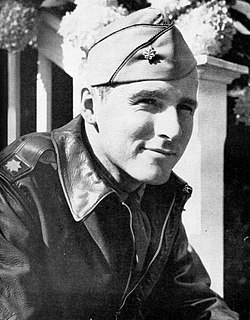 W
WWilliam Edwin "Ed" Dyess was an officer of the United States Army Air Forces during World War II. He was captured after the Allied loss at the Battle of Bataan and endured the subsequent Bataan Death March. After a year in captivity, Dyess escaped and spent three months on the run before being evacuated from the Philippines by a U.S. submarine. Once back in the U.S., he recounted the story of his capture and imprisonment, providing the first widely published eye-witness account of the brutality of the death march. He returned to duty in the Army Air Forces, but was killed in a training accident months later.
 W
WAlva Revista Fitch was a lieutenant general in the United States Army and was deputy director of Defense Intelligence Agency from 1964 to 1966. He commanded an artillery battalion during the Battle of Bataan and was a prisoner of war from 1942 to 1945. From October 16, 1961, to January 5, 1964, Fitch served as the assistant chief of staff for intelligence, Headquarters, Department of the Army.
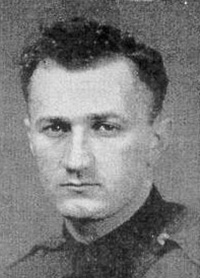 W
WSamuel Charles Grashio was a United States Army Air Forces pilot who was captured by the Japanese in World War II. He survived the Bataan Death March and participated in the only successful mass escape from a Japanese prison camp.
 W
WSamuel Lutz Howard was a United States Marine Corps general who served with distinction in the Marine Corps for thirty-eight years. In the early stages of World War II, General Howard commanded the 4th Marine Regiment on Bataan and Corregidor from December 7, 1941, to May 6, 1942. For distinguished service in that bitter encounter, he was awarded the Navy Cross. Captured by the Japanese at Corregidor, he was forced to march many miles to a prison camp where he was held as a prisoner of war from 1942 until being liberated in 1945. He was the most senior U.S. Marine to be held captive during World War II. After the war, he continued to serve until 1953, including posts as commanding general of the 1st Marine Division, Commanding General of Marine Corps Recruit depot Parris Island S.C. from Feb. 2nd 1946 to Feb. 12 1946, and his final post as Inspector General of the Marine Corps.
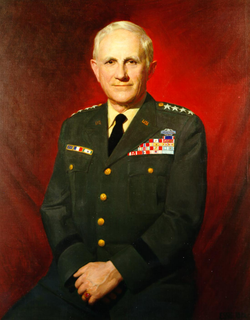 W
WHarold Keith "Johnny" Johnson was a United States Army general who served as Chief of Staff of the United States Army from 1964 to 1968. Regarded as a premier tactician, Johnson became skeptical that the level of resources given to the Vietnam War, much of which went into 'find, fix, and destroy the big main force units' operations, could deliver victory. Johnson came to believe that the Communist forces held a trump card, because they controlled whether there were engagements with U.S. forces, giving an option to simply avoid battle with U.S. forces if the situation warranted it.
 W
WAlbert M. Jones was an American major general and commanded the 51st Philippine Division during the Battle of Bataan during World War II.
 W
WEdward Postell King Jr. was a major general in the United States Army who gained prominence for leading the defense of the Bataan Peninsula in the Battle of Bataan against the Japanese invasion of the Philippines in World War II.
 W
WRobert Woodrow Levering was a U.S. Representative from Ohio, son-in-law of Usher L. Burdick and brother-in-law of Quentin N. Burdick.
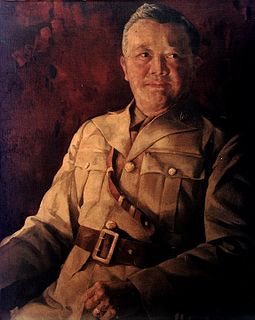 W
WVicente Podico Lim was a Filipino brigadier general and World War II hero. Lim was the first Filipino graduate of the United States Military Academy at West Point. Prior to the establishment of the Philippine Army, he served as an officer in the Philippine Scouts. During the Battle of Bataan, Lim was the Commanding General of the 41st Infantry Division, Philippine Army (USAFFE). After the fall of the Philippines he contributed to the Filipino resistance movement until his capture and subsequent execution.
 W
WMaxon S. Lough was an American brigadier general and commanded the Philippine Division during the Battle of Bataan in World War II .
 W
WGeorge Fleming Moore was a highly decorated officer of the United States Army with the rank of major general. General Moore commanded the Harbor Defenses of Manila and Subic Bays and the Philippine Coast Artillery during the Battle of Bataan.
 W
WJohn Eric Olson was a retired U.S. Army Colonel, West Point graduate, and one of the last surviving officers of the Bataan Death March of World War II. He was also a military historian and author of three books, as well as numerous magazine articles dealing primarily with his experiences as a prisoner of war in the Philippines and in Japan from 1942 to 1945.
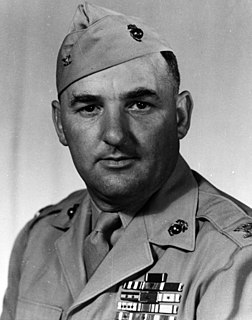 W
WBrigadier General Austin Conner Shofner was a United States Marine Corps officer who was captured during the Battle of Corregidor and then part of the only successful escape from a Japanese prisoner of war camp. He joined the Philippine resistance, and later returned to command units of the Marine Corps in the battles of Peleliu and Okinawa.
 W
WBenigno G. Tabora was a Filipino American veteran of both World War II and the Korean War. Tabora was one of the last of an increasingly dwindling group of veterans who survived the Bataan Death March in May 1942 after the Japanese captured the Philippines during World War II. He spent eight months as a prisoner of war in a Japanese internment camp. Tabora served in the military intelligence during his 31 years in the Army.
 W
WChaplain Robert Preston Taylor, USAF was an American military officer who served as the 3rd Chief of Chaplains of the United States Air Force. A graduate of Baylor University in Waco, Texas, he notably served as a chaplain during World War II and was a prisoner of war and survivor of the Bataan Death March. He began his tenure as chief of chaplains, on September 1, 1962, and served until his retirement on August 1, 1966.
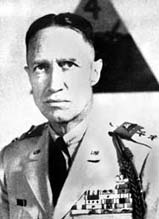 W
WThomas John Hall "Trap" Trapnell was a United States Army lieutenant general. He was a career officer who served in World War II and the Korean War. Trapnell survived the Bataan Death March and the sinking of two transportation ships during World War II, put down a rebellion of prisoners of war in the Korean War, was the top US advisor to the French during the French Indochina War, and advised against US involvement in Vietnam. He rose to the rank of three-star general before his military retirement and, at the time of his death, was the oldest living member of the Philippine Scouts.
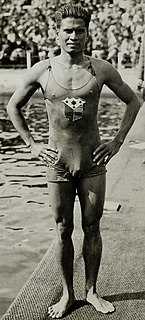 W
WTeófilo E. Yldefonso was a Filipino breaststroke swimmer. He was the first Filipino and Southeast Asian to win an Olympic medal, and the first Filipino to win multiple medals.